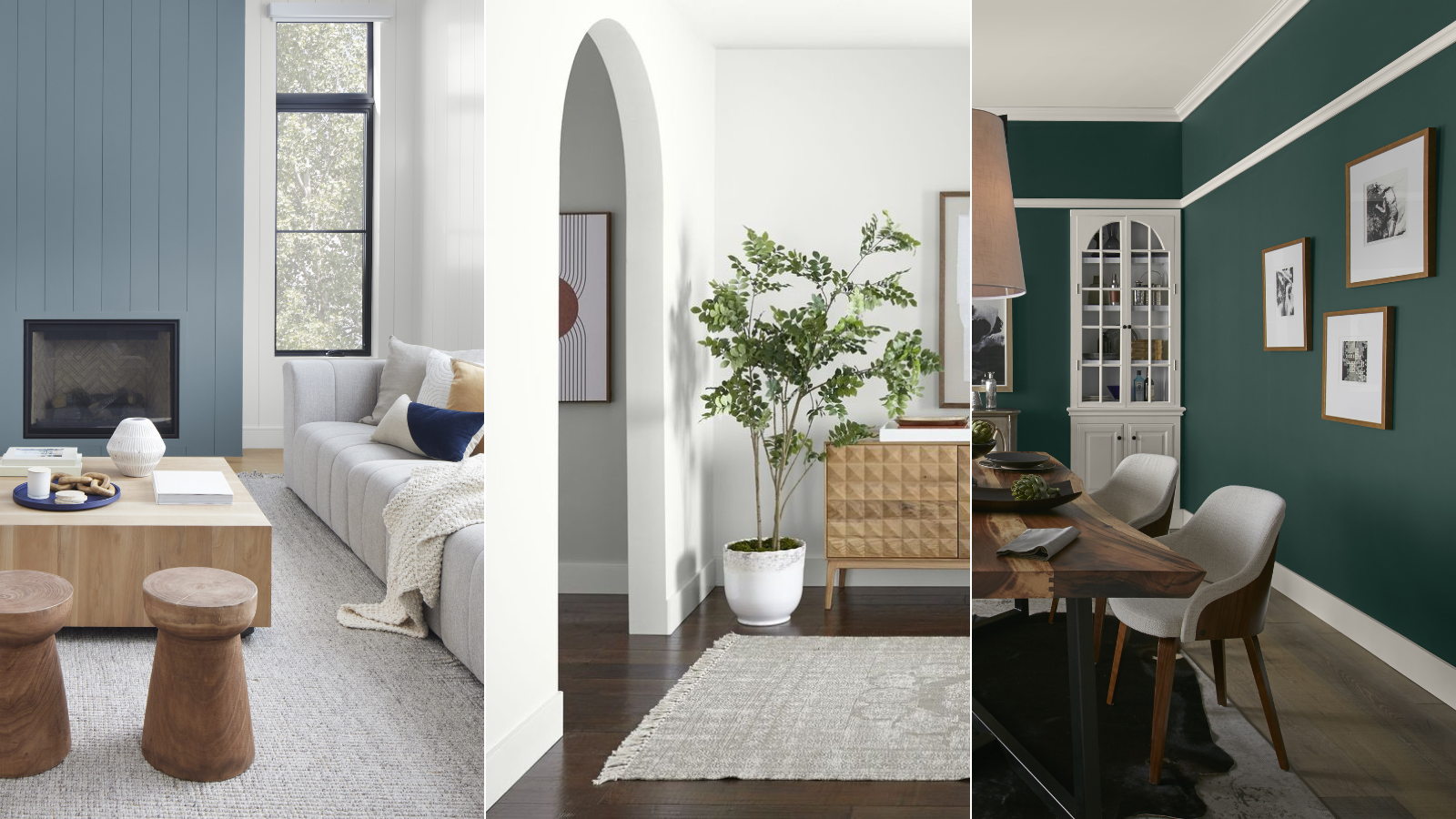
When we decide to paint our homes, the most obvious question we ask ourselves is, ‘What color?’
However, there are several other more important considerations that we might guess at, such as the paint finishes and durability. Professional painters warn that these are two of the most important things to consider when redecorating, and leaving them up to chance could spell disaster for your DIY project.
Here, the experts have explained how to pick the right paint for the job by taking the surface, location, and environment into consideration.
How to pick the right paint for a job
Luckily, picking the right paint for a job is not rocket science. With the right knowledge, it is even easier than choosing paint colors (a decision that we know can take weeks at best).
1. Consider the surface
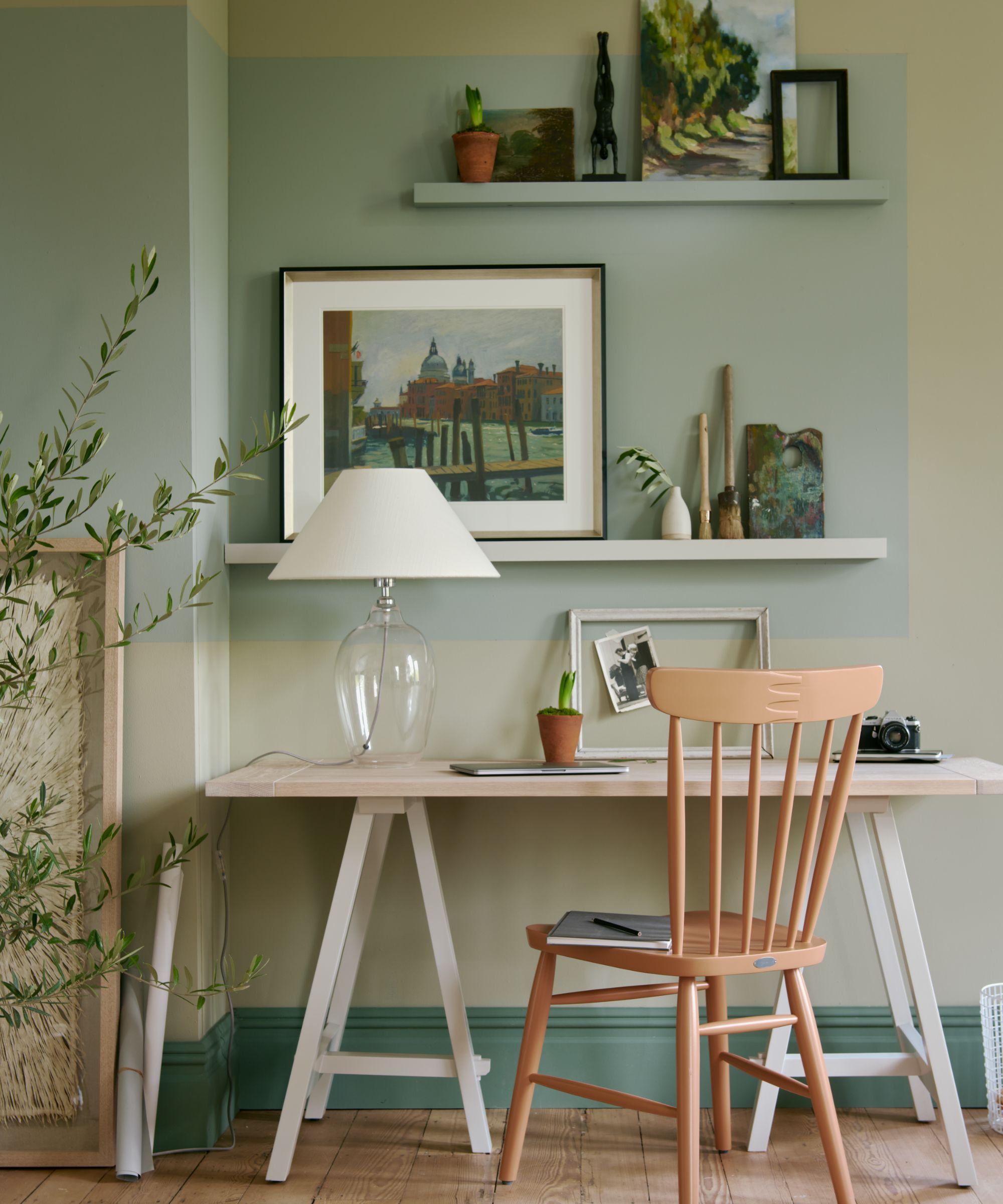
The most important part of picking the right paint for the job is to consider what surface you are painting. ‘Different surfaces require different types of paint for proper adhesion. For example, latex paint is suitable for drywall and plaster, while oil-based paint may be better for metal or wood surfaces,’ explains Andriy Boyko, seasoned handyman and masonry expert at A.O.Handy Inc. ‘Consider the material of the surface you're painting and choose a paint that is compatible.’ More often than not, the paint tin will detail what the paint can be used on, and what should be avoided.
From there, it is about deciding on the finish and paint sheen levels – this is how the paint actually looks on the wall. I.e. if it is flat, shiny and reflects light, and so on. ‘Paint finishes range from flat to high gloss, each offering different advantages,’ Andriy continues. ‘Flat and matte finishes are ideal for ceilings and walls as they hide imperfections, while satin and semi-gloss finishes are more durable and easier to clean, making them suitable for high-traffic areas like kitchens and bathrooms.’
- Interior walls and ceilings: 'For walls in low-traffic areas like bedrooms, a flat or matte finish works well,’ begins Shlomo Cherniak, professional handyman and owner of Cherniak Home Services. ‘It hides imperfections but can be difficult to clean. For higher-traffic areas like hallways or kids' rooms, opt for an eggshell or satin finish - it's more durable and easier to wipe clean.
- Exterior walls: 'Semi-gloss or high-gloss paints are ideal for trim, cabinets, and doors. The higher sheen makes them more durable and easier to clean.
- Trims and cabinets: 'Semi-gloss or high-gloss paints are ideal for trim, cabinets, and doors. The higher sheen makes them more durable and easier to clean,’ Shlomo concludes.
2. Think about functionality
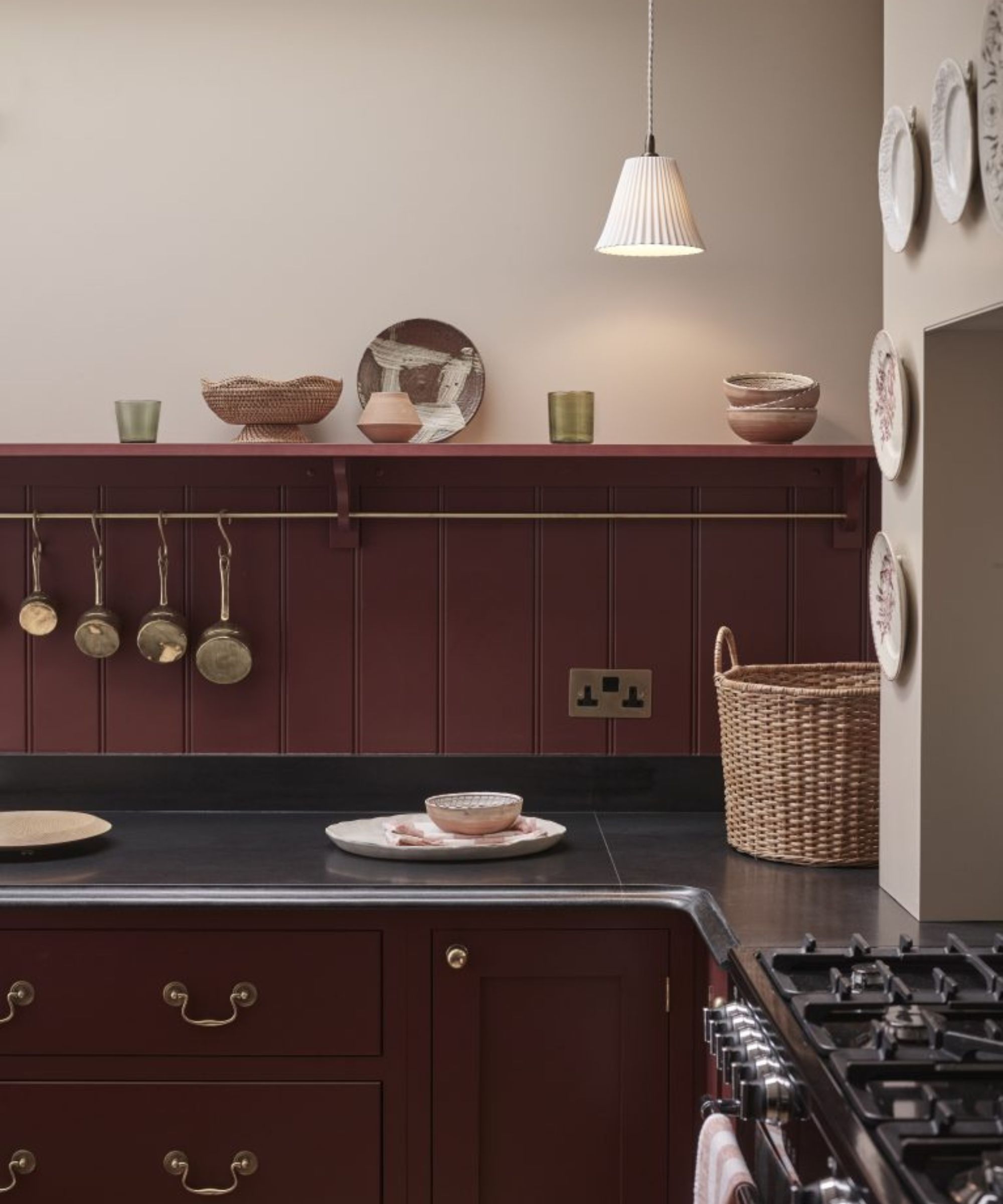
With the paint mix and finish detailed, you now need to decide if you need the paint to do anything else other than stick to the surface and look pretty, adds Andre Kazimierski, CEO, Improovy Painters of La Grange. ‘This is most relevant to areas like the kitchen and bathroom, but can also apply for high-touch, high-traffic areas like hallways,’ he shares. In these areas, you will likely want to pick a paint that doubles as a moisture blocker to prevent mold and mildew growth in high humidity or, when picking the best type of paint for kitchens, an anti-grease paint that will look better longer than regular wall emulsion.
‘You want paint in these areas to stand up well to moisture and be easy to clean, whereas the paint you choose for your living room, office, and bedroom can be more or less whatever you like the most aesthetically,’ Andre says. ‘Flat paint is notoriously a nightmare to clean, because it's so easy to remove, while something with a higher sheen like eggshell or satin will do very well with repeated cleaning.
‘I tend to recommend a semi-gloss for bathrooms since it holds up very well against high humidity,’ he adds.
3. Try before you buy

There is no underestimating how important it is to use paint samples correctly. Trying before you buy is the best way to determine if you have picked the right paint for the job or not, urges Andriy Boyko, seasoned handyman.
‘Many paint manufacturers offer sample pots or swatches that allow you to test the color and finish before committing to a larger purchase. Take advantage of these options to ensure you're happy with the final result.’
Benjamin Moore paint samples are available in 3,500+ unmatchable Benjamin Moore colors and covers approximately 2 ft. x 2 ft., two-coat area so you can get the best idea of the final look.
Each sample comes in a Twist-n-Pour container that holds enough paint for creating test swatches so you can choose your final color with confidence.
Test all 132 of Farrow & Balls signature color range in a variety of finishes with their sample tins
4. Read reviews
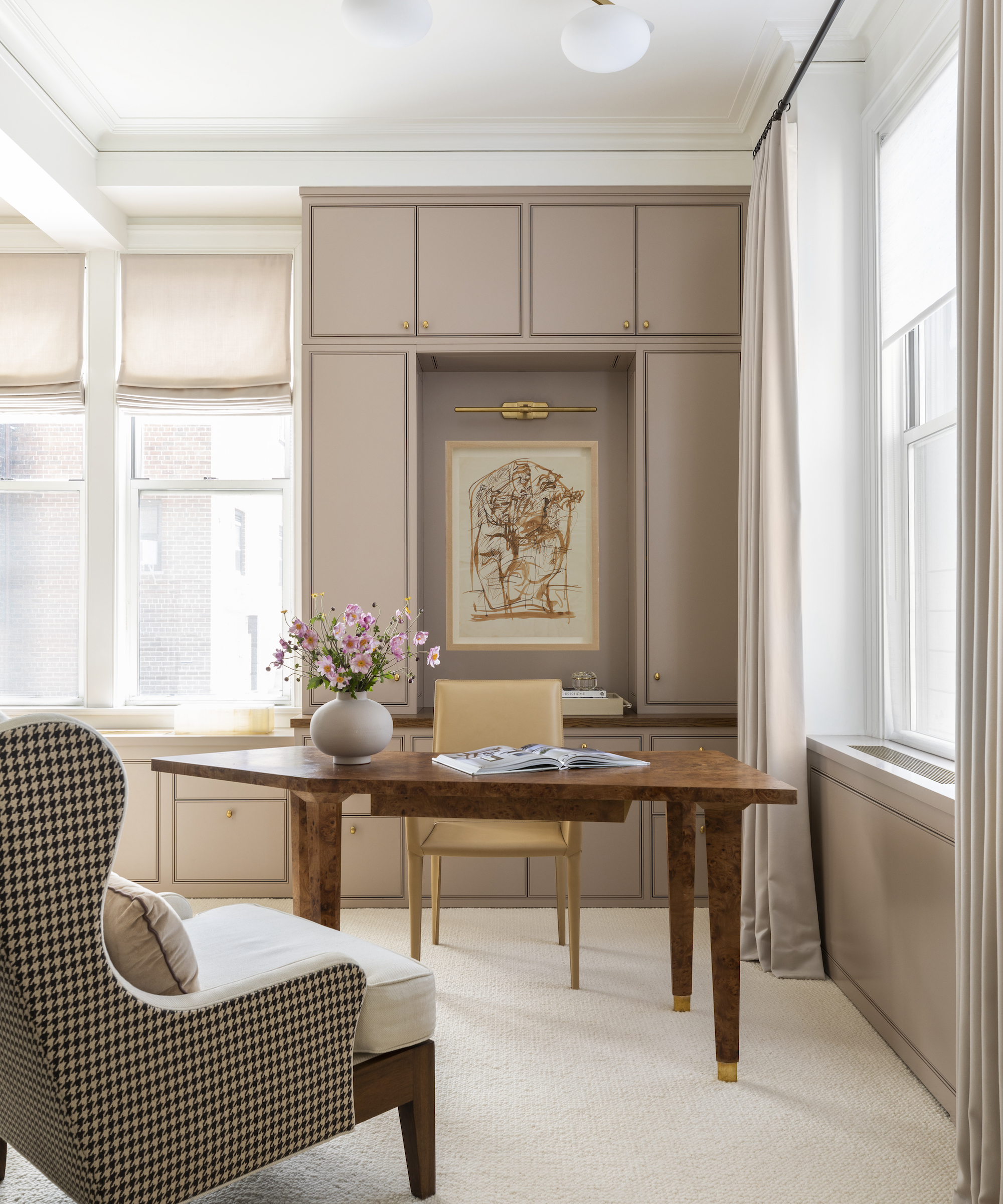
Once you have decided on color, type, and aesthetics such as satin vs matte paint, you are more or less ready to commit to a larger tin and start work. However, before shopping, Andriy Boyko, a seasoned handyman, suggests reading some reviews (by both tradesmen and homeowners) about what the paint is like to work with. Not all paint is made the same, after all.
‘Before purchasing paint, do some research online or ask for recommendations from friends, family, or professionals. Reading reviews and testimonials can give you valuable insights into the quality and performance of different paint brands and products.’
5. Consult professionals
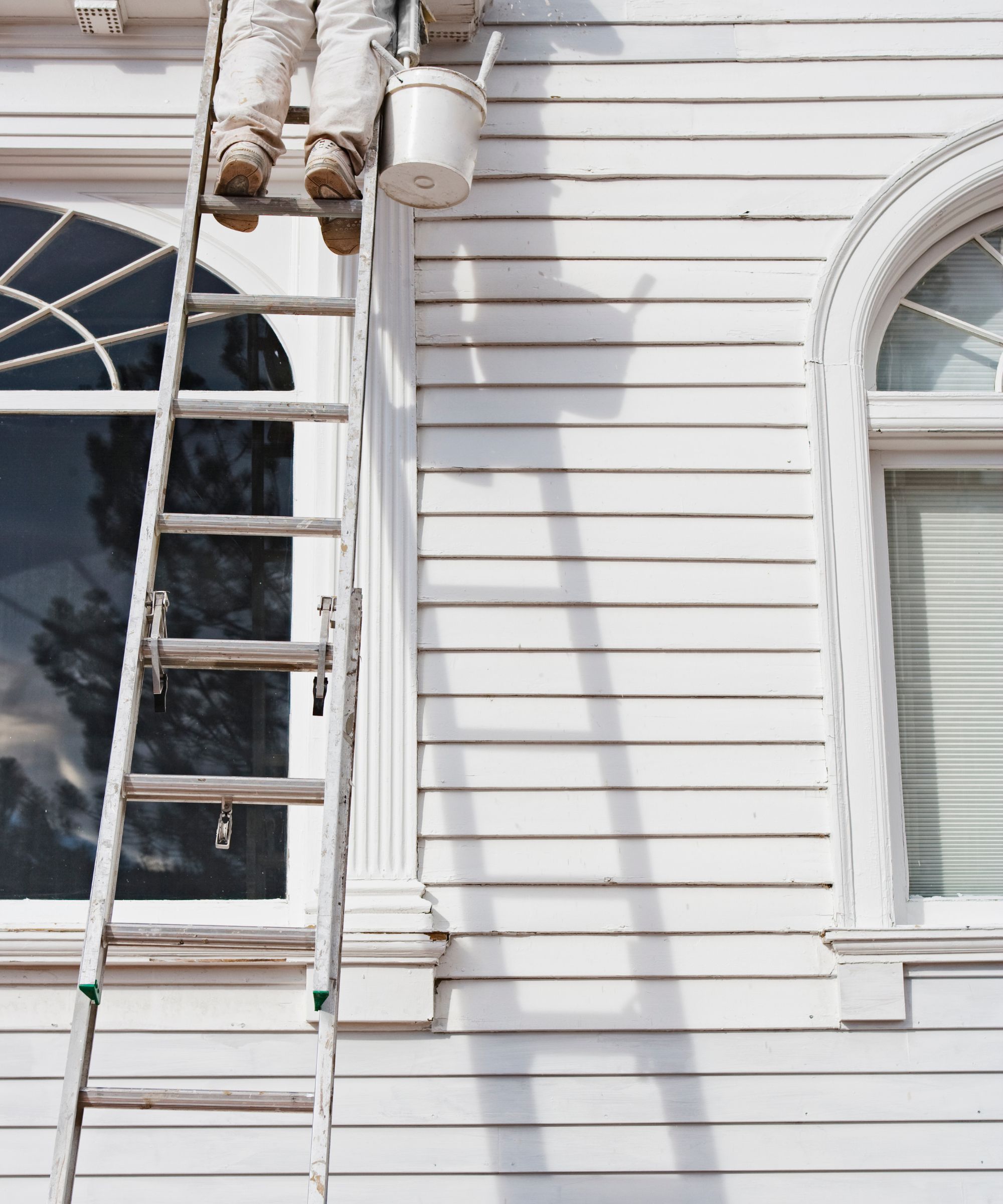
Finally, if you are ever in doubt about making the right paint decision, you can consult a professional for help, suggests Seth Miles of Groovy Hues Painting Services:
‘When in doubt, I highly recommend asking an expert at your local paint store like Benjamin Moore or Sherwin-Williams. The associate will generally ask you what surface you are painting, what condition the surface is in, whether it is a high-traffic area or you have pets/kids, and what outcome you hope to get.’
FAQs
How can you tell if the paint is good quality?
You can often tell if a paint is good quality by looking at the ingredients, price, and consistency. More often than not, you get what you pay for in paint, so more expensive options are more likely to be higher quality as they have higher percentages of paint pigment to acrylic chips. Lower-quality paints will also have binding ingredients such as clay, silica, and talc to keep the color consistent, while higher-quality paints will have more natural binders. Finally, cheap paint is often a lot thinner and will require more coats or additional priming for an even finish that doesn't flake or chip. Quality paint should still be used with a primer for best results, but you won’t need to layer them up for the same results.
Generally speaking, it is hard to pick the wrong paint unless you do so intentionally. Most paint tins are labelled with the finish and the applications and surfaces it can be used on. Just be sure to always test the paint out first in the area you want it to test how it applies, and the color and sheen level once dry and you will be off to the races.
That being said, always be sure to never use exterior paint indoors due to their high VOCs, and avoid using interior paint outside if you want your project to last.







